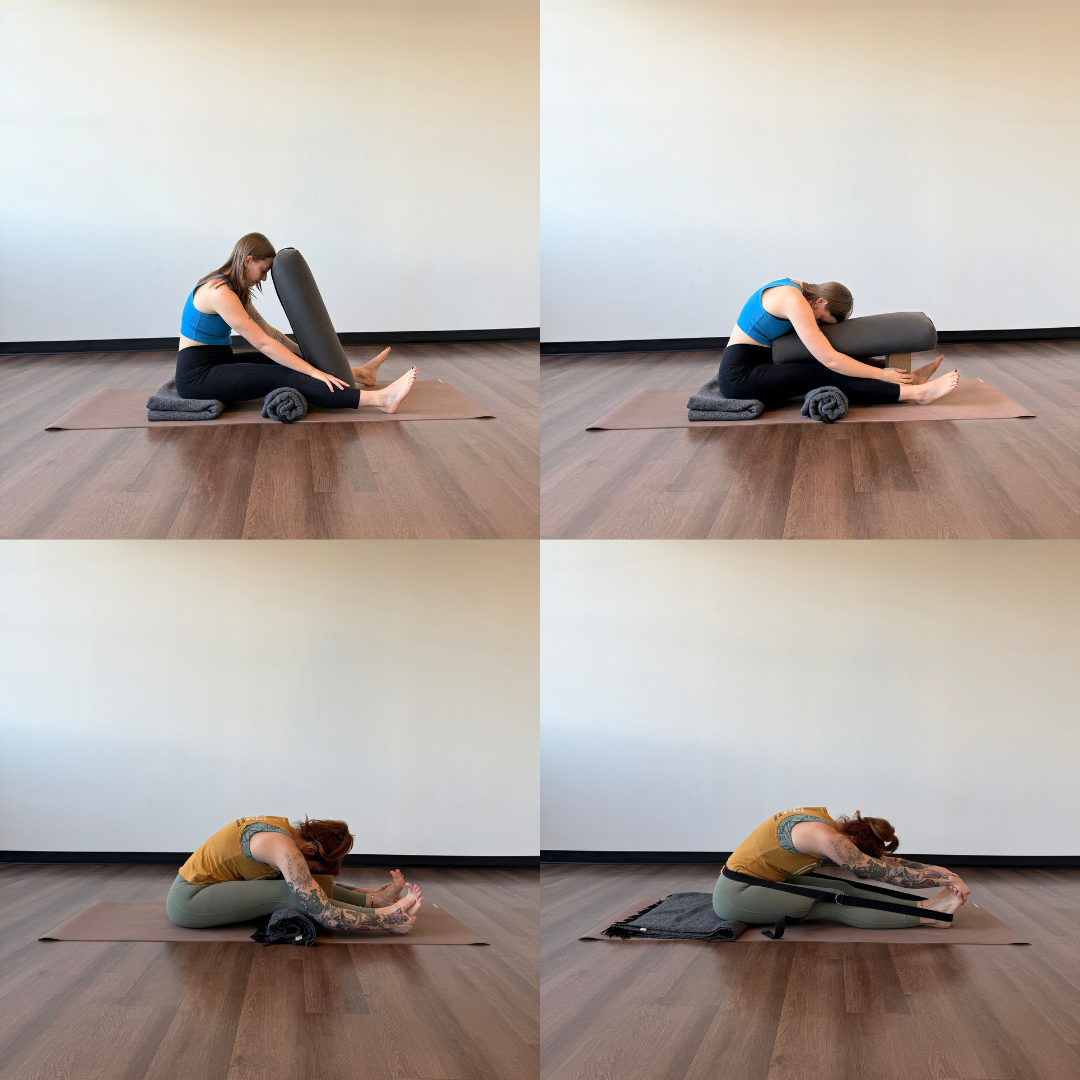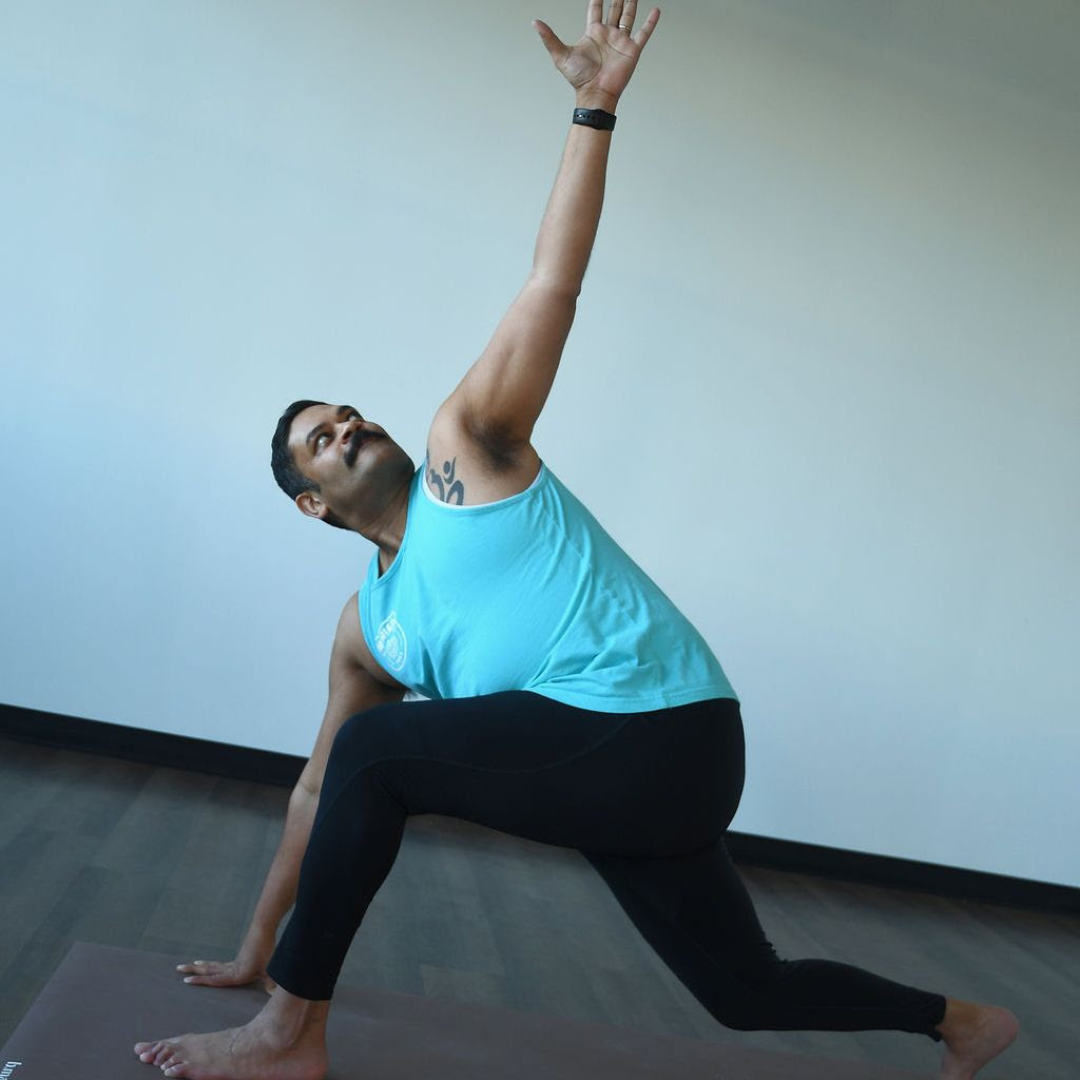“Detachment is not that you should own nothing. But that nothing should own you.” – Ali ibn abi Talib
Weekly Focus: Aparigraha (non-grasping) – fifth yama
Aparigraha is the fifth yama or personal restraint. “The word “graha” means to take, to seize, or grab. The word “pari” means “on all sides.” And the prefix “a” negatives the word itself, meaning “non.” Altogether, the word Aparigraha means “not taking more than needed.”
Aparigraha reminds us to take and keep only what we need, and to let go of what is no longer serving us. This practice of release helps us to move forward towards our highest potential.
Aparigraha can be applied in so many ways in our life. In some ways, we can think of aparigraha as a spring cleaning for the mind and spirit. Not only can we apply this yama to the material world, restraining ourselves from falling into the pit of consumerism and capitalism, but it might also applied to the thoughts we keep as well. Perhaps we are hoarding ideas no longer relevant or even harmful to our own self-conception.
We might find ourselves clinging onto ideas or notions of who we were at one point in time – I am a student, I am a mother, I am a (fill in the blank) – and sometimes, when it is time to move past or through this phase, we have a hard time letting go. That doesn’t mean a part of that doesn’t still live with us, but it may no longer be our central identification.
Additionally, sometimes we cling to ideas of ourselves not based of our own thought but the thoughts of others. If we were told as children that we were lazy, spacey, unfocused, shy…(again, fill in the blank), we may have a hard time detaching ourself from those descriptors. However, releasing those past ideas put onto us by someone else, may allow us to feel more free and untethered!
Consider ways we can “spring clean” this week with our thoughts, our actions, and our desires.
Here is a simple practice in spring cleaning the mind:
- Take a few minutes to consider what you “were” — find yourself in a quiet space free of distraction. Close your eyes, and consider a description you have of yourself, that is not serving you, such as “I am disorganized.” Perhaps this is something you tell yourself, or perhaps someone else has given you this label, either works.
- Reframe your identity — replace your old descriptor with a new one, that describes how you feel and / or desire to be. Rather than saying “I am disorganized,” you might say “I work hard to keep my thoughts tidy and prioritized.”
- Verify with repetition — repeat this phrase to yourself 5 – 10 times. Then, find a journal or clean paper, and write it down an additional 5 – 10 times. Keep this somewhere that you can remind yourself anytime you feel tempted to attach to your old label.
Passive Pose of the Week: Supported Paschimottanasana (supported seated forward fold)

Paschimottanasana, when well supported with props, provides a place for the body to drop into and find release. Utilize as many props as you need to find the softest version that allows the muscles of the body to let go.
- Begin sitting on the floor with the legs straight out in front of you.
- Slide a rolled up blanket or bath towel beneath the knees. Place a folded towel, blanket, or small cushion on top of the thighs.
- Drape the body forward and allow your arms, chest or head to rest on the props in front of you.
- Adjust the body and props until you find a place where you can let the body relax and comfortably stay for several minutes.
- Hold for 4 – 5 minutes and breathe deeply. Slowly come out and observe how the body, breath and mind feel.
This supported forward fold is very relaxing to the body and mind. You may find yourself feeling de-stressed and even a little sleepy after holding this pose for a few minutes – that’s normal! To increase the relaxation of this pose, try adding a count to your breath. Breath in slowly to a count of 3 or 4 and then exhale for a count of 4 or 5, making the exhale just slightly longer than the inhale. Notice your body soften and melt heavier towards the floor.
Active Pose of the Week: Parvirtta Anjaneyasana (revolved low lunge)

Twisted postures are often described as a wringing out for the spine, the digestive muscles, and the body in general. You can use this metaphor as a reminder to squeeze out your excess and unuseful thoughts, like water dripping from a wet cloth.
- Step into a lunge with the right foot forward and the left knee on the ground.
- Place your left hand to the ground inside of your right foot and reach the right arm up towards the ceiling.
- Either look straight ahead or up to the top hand, whichever feels most comfortable on your neck.
- Press down into the left hand as your reach the right arm away.
- Take 3 – 5 breaths and switch sides.
The leverage we have in a twist can often vary based on our body proportions and the alignment of the pose. Often times, we can all benefit from taking up more space to allow for a twist. One way to do this in parivrtta anjaneyasana is to bring a block underneath of the bottom hand. This will allow the spine to elongate more and take unnecessary pressure out of the hips. Try it out and see if your twist feels more expansive!
Join us in class this week to practice aparigraha. See the full schedule HERE.
To get weekly updates from our parent brand, Myriad Fitness + Yoga, follow our weekly podcast “For Time.



